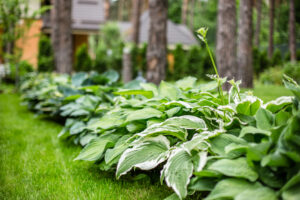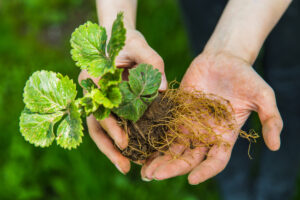Get a free quote
If you have questions about our services, plans, or pricing we are here for you. Fill out the form below and we will communicate with you by email (and of course provide you with a free estimate).
FEBRUARY 01 2022 /
 One of the first signs your plant is dying will be its leaves. Start by checking the leaves for any signs of damage; this is a good starting point and will show you the plant’s current state of health. Thoroughly inspect the tops, bottoms, and intersections of leaves for signs of unwanted pests, fungi, and discoloration.
Related: Pests That Might Be Harming Your Houseplants
One of the first signs your plant is dying will be its leaves. Start by checking the leaves for any signs of damage; this is a good starting point and will show you the plant’s current state of health. Thoroughly inspect the tops, bottoms, and intersections of leaves for signs of unwanted pests, fungi, and discoloration.
Related: Pests That Might Be Harming Your Houseplants
 The roots can tell you everything you need to know. By examining the roots, you’ll be able to tell if the plant is really on its way out. The good news is, if the plant leaves seem dead but the roots still look healthy, then you have a great chance of reviving it. But if the roots seem dry, brittle, and completely dead, follow some of the tips below to determine if your plant is salvageable.
The roots can tell you everything you need to know. By examining the roots, you’ll be able to tell if the plant is really on its way out. The good news is, if the plant leaves seem dead but the roots still look healthy, then you have a great chance of reviving it. But if the roots seem dry, brittle, and completely dead, follow some of the tips below to determine if your plant is salvageable.
